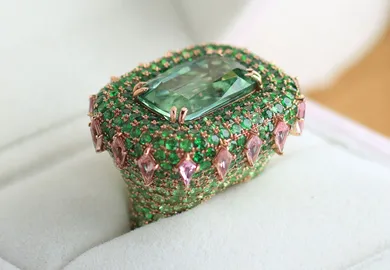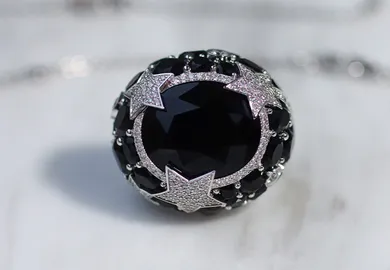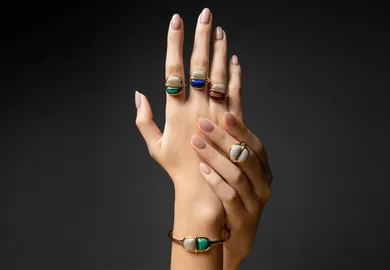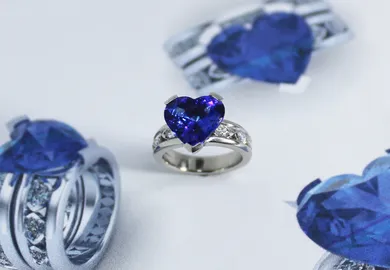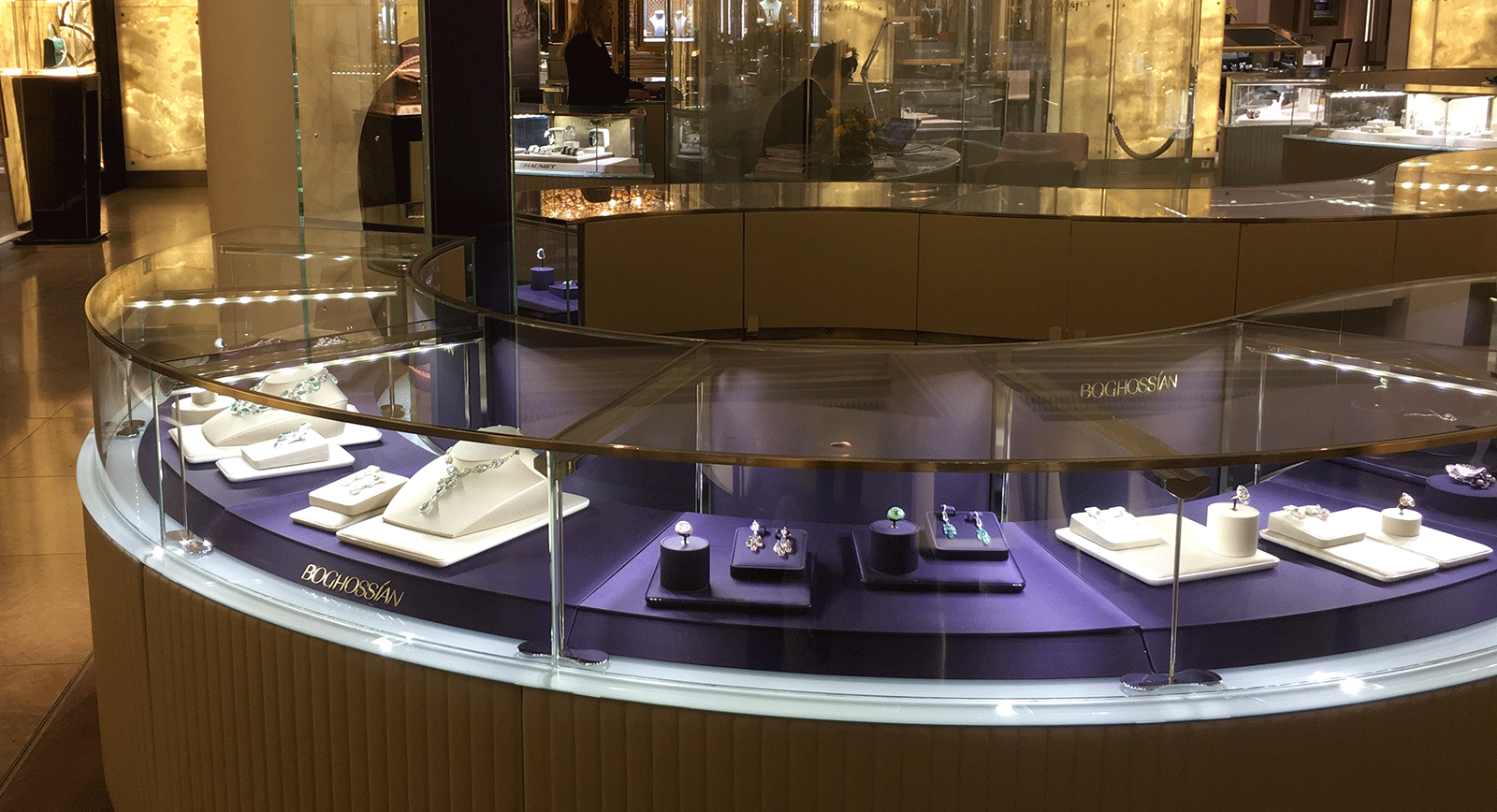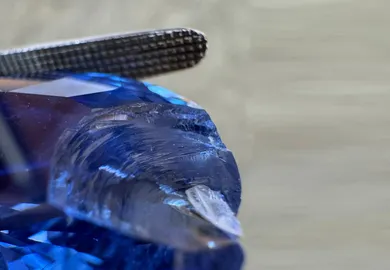

Ilgiz Fazulzyanov: 10 Interesting Facts About Enamel and Enamel Jewellery
When it comes to modern manufacturers of fine jewellery you can say with confidence that enamel has not lost its relevance even to the modern day. This modern, ancient enamel keeps pace with the times and changes to meet the stylistic and technical demands of modernity. Like before, this jewellery material attracts enamel artists with its rich palette and it transforms into something more than just a means of decorative design. It is a substance which is the only way in which the artist can bring to life his creative vision.
Today Ilgiz Fazulzyanov is the leading enamel artist in the whole world, creating exquisite jewellery under his own name. You may, of course, correct me, but personally I have yet to come across any contemporaries equal to him in terms of level of craftsmanship. It was for this reason that I asked Ilgiz himself to share with me his expert knowledge about enamel and the various ways of working with it. Here are 10 interested facts which I found out.
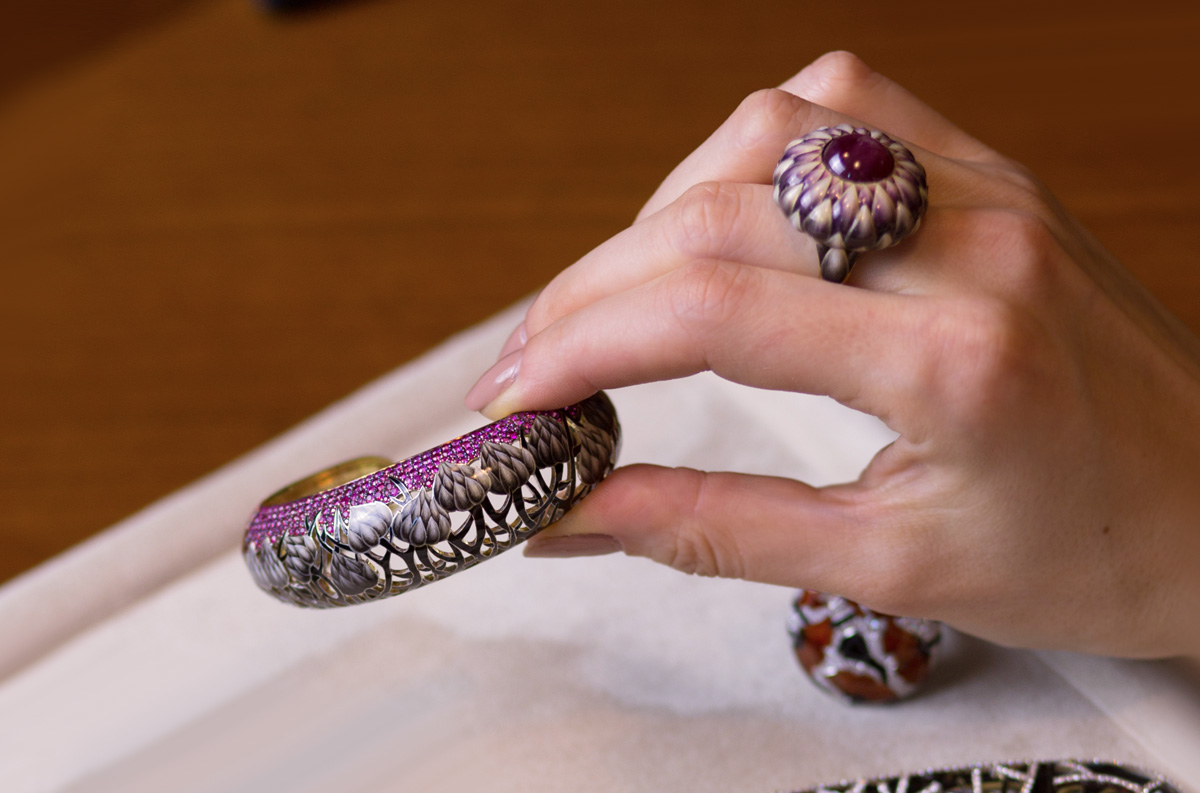
Ilgiz F.
1. Enamel is a glassy solid mass for “firing” which makes use of natural quartz and metal oxides which give colour. For example, violet is produced thanks to iron oxides and ruby by adding gold.
2. Enamel can be made in any colour but hardest of all is working with the red palette. Gold, which gives the quartz a red colour often behaves unpredictably when fired in the kiln. For this reason it’s very hard to know what colour items will be when removed from the kiln.
3. The fundamental techniques of enamel are cloisonné, champlevé and painted enamel. Cloisonné is one of the most time-consuming as before metal is applied to the enamel thin metal strips must be soldered onto the edge. They form the contours of the ornament and form cells which are then filled with enamel powder. The champlevé technique is one of the most ancient – it is based on cutting grooves on the surface of the metal of sufficient thickness which are then filled with enamel and fired. And for the application of the painted enamel a flat metal surface is usually used together with a brush.
4. The hardest technique for applying enamel is called plique-á-jour. Normal enamel is applied onto a metal substrate (gold), but plique-á-jour is stretched across a very thin frame. The craftsmanship of a jewellery working with the plique-á-jour technique relies on predicting the thickness of the layer of the enamel. If you get this wrong then the firing of the quartz can lead to the frame on which it is supported breaking.
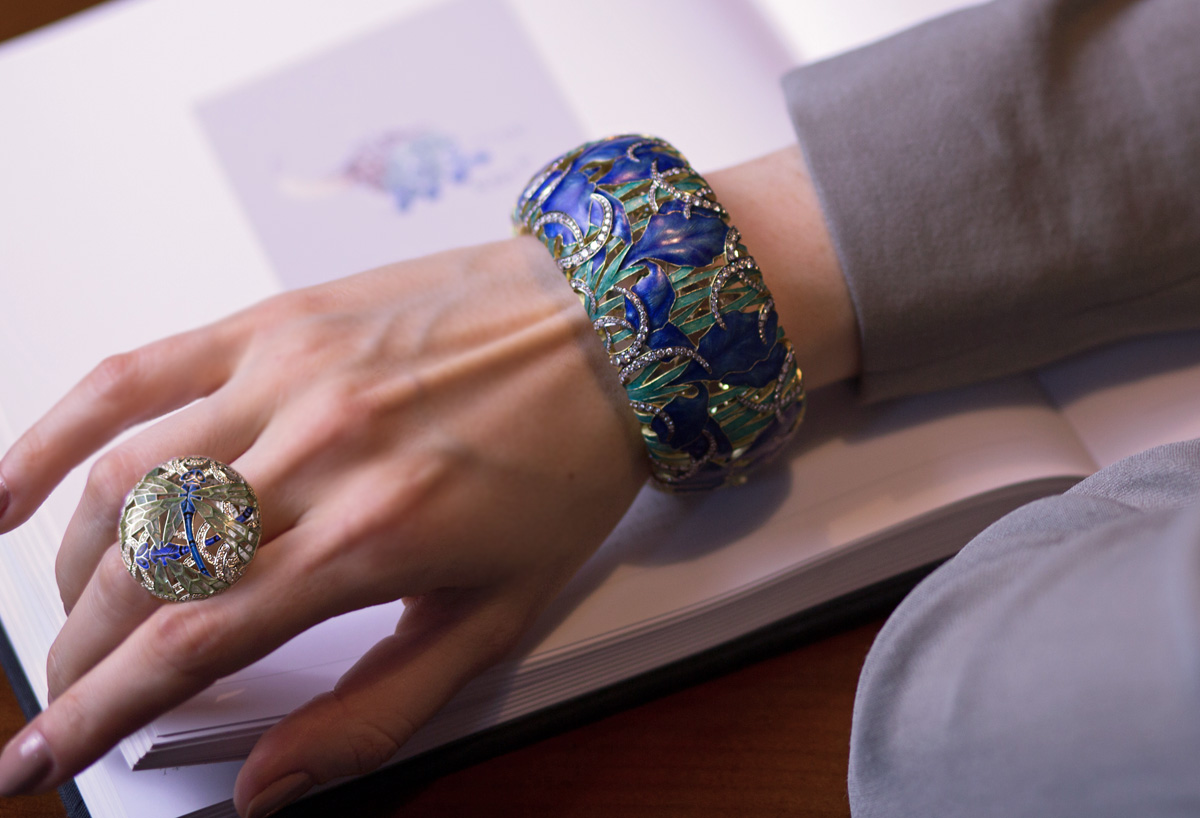
Ilgiz Fazulzyanov
5. The most important thing about working with enamel is to get the feel of it. To learn what type of layer will give the desired effect, what temperature to fire it at, when to remove it from the kiln etc. As in any work, the hardest thing of all is to go from being simply a craftsman to having professional flair.
6. If you want to prolong the life of enamel jewellery then be sure not to drop it on hard surfaces – there’s a high chance that the enamel will break away. If this happens, the jewellery, in most cases, can be restored. As with any jewellery, enamel jewellery needs regular cleaning and careful handling.
7. The most reliable enamel is produced with the use of only natural materials. This includes fine powdered quartz with added natural dies (e.g. gold) instead of artificial (e.g. fiberglass).
8. Handmade enamel differs from mass production enamel in that the latter is not produced with high strength enamel – that is, enamel that was produced at a high firing temperature of 720 degrees or more. Ilgiz often fires his kiln up to 900 degrees, something which is quite risky and can lead to unpredictable results. However, such an individual approach to the creation of each piece of jewellery allows him to guarantee the high quality of the enamel. Mass production does not allow for so much attention to be devoted to each piece of jewellery and therefore usually makes use of the cold method of enamel application.
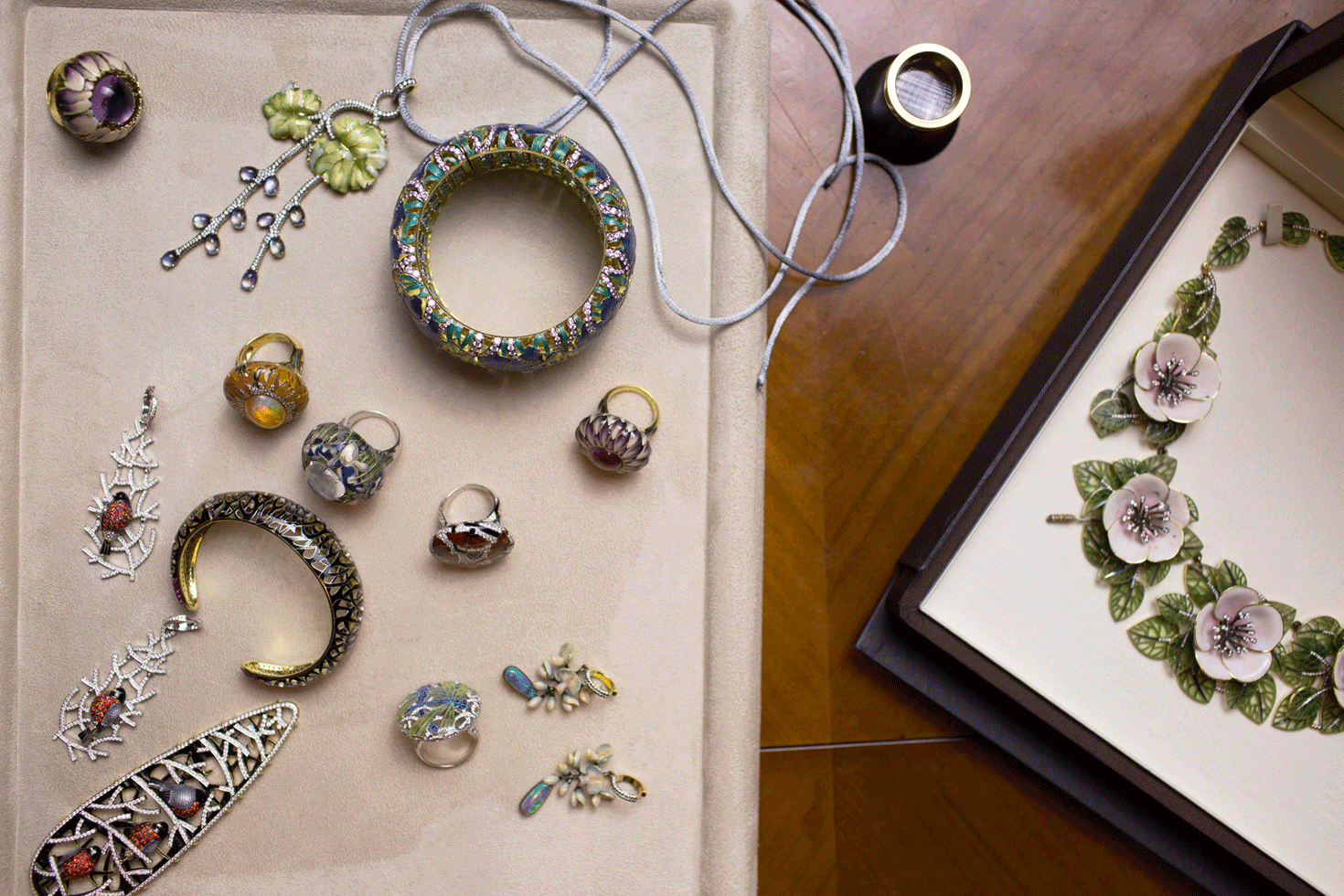
Ilgiz Fazulzyanov
9. The price of enamel jewellery depends firstly on the brand and the quality of the craftsman and also the type of enamel: cold versions are always significantly cheaper than hot. If the jewellery is made to order then its price will depend on the level of the craftsman.
10. Besides jewellery enamel is used for the creation of small plastic components, and elements of interior design and decoration. And this is only in terms of jewellery, enamel as a material has a wide range of uses in the wider world.

WORDS
Katerina Perez is a jewellery insider, journalist and brand consultant with more than 15 years’ experience in the jewellery sector. Paris-based, Katerina has worked as a freelance journalist and content editor since 2011, writing articles for international publications. To share her jewellery knowledge and expertise, Katerina founded this website and launched her @katerina_perez Instagram in 2013.


